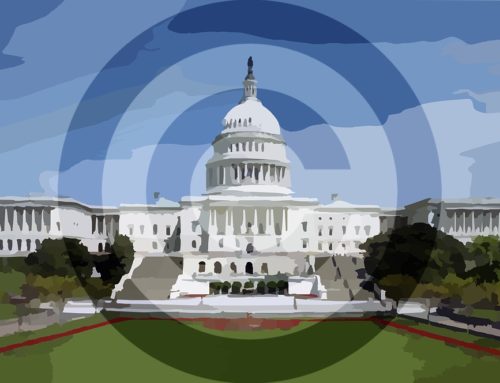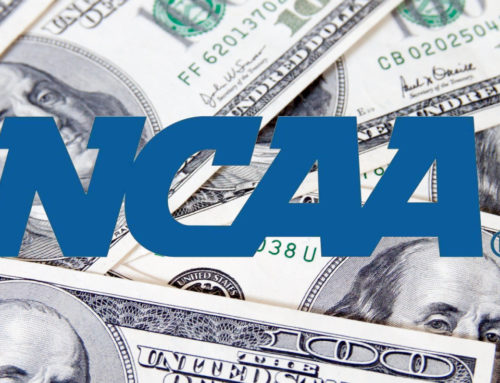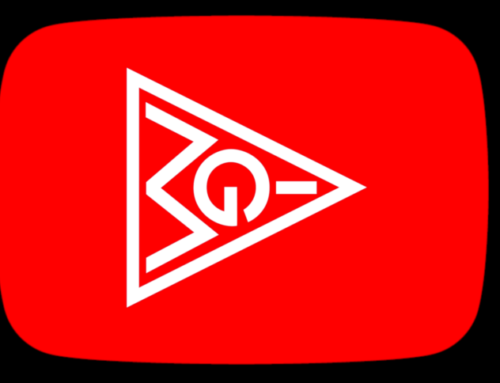NHL Reaches Settlement with Players in Concussion Lawsuit – But is it Enough?
Following a bitter back-and-forth, the NHL has potentially met a non-class settlement with former players who filed a lawsuit against the league regarding concussions sustained during their careers playing hockey.
The lawsuit has become the biggest the NHL has ever faced, with more than 100 former players filing joint complaints against the league. The lawsuit alleged the NHL failed to prevent player injuries and failed to warn players of potential risks of head trauma, while promoting violence within the game that often led to players sustaining head trauma. While players had originally intended to file their complaints as a class-action lawsuit, that request was dismissed by U.S. District Judge Susan Richard Nelson, citing “widespread differences” in state laws regarding medical monitoring that would create significant case management difficulties.
Because of this, a non-class settlement has been reached. Lawyers representing the retired players have said the settlement will include:
- A cash payment
- Neurological testing and assessment for players (paid for by the league)
- An administrative fund to pay for the costs and up to $75,000 in medical treatment for players who test positive on two or more concussion-related tests
- Establishing a “Common Good Fund” of $2.5 million to pay for the costs of further medical treatment for players who did not participate in the litigation
According to the settlement agreement released by the NHL to the public, the settlement will be valued at $18.9 million. This amount will be broken down as follows:
- $6,996,000 will be awarded to 318 plaintiffs and other claimants
- $6.95 million will go towards attorney’s fees and costs
- $795,000 will go towards an administrative expenses fund
- $2.5 million will be deposited into the ”Common Good Fund” over five years
These numbers mean that players will receive approximately $22,000 each if the settlement goes through. This pales in comparison to the billion-dollar settlement recently reached between the NFL and its players on similar a similar issue.
While this settlement gives players some recognition and remuneration for the damage that they have incurred, the NHL has said it “will not acknowledge any liability of any of the players’ claims.” Furthermore, the league has retained the option to terminate the settlement if all players who filed complaints don’t participate. A clause within the settlement has given players 75 days to decide whether or not to opt-in or opt-out of the settlement terms.
It seems many players may choose not to participate as some have taken issue with the lack of accountability shown by the league — on top of what will amount to a measly cash settlement.
Although the settlement will result in the league paying for testing and medical expenses of players going forward, players had hoped for more from the NHL. Given the fact that the league refuses to accept any liability or accountability for player injuries, the terms of this settlement could make it difficult for players to pursue claims of injury in the future.
It’s currently unclear whether or not players will accept the terms of this settlement, or whether or not the allocated funds will be enough to actually treat players’ injuries going forward. Still. this appears to be more of a win for the league than for the players themselves, as the NHL has established a low payout while denying any responsibility for the injuries players have sustained.
While this settlement may put the matter to rest before the courts, it is likely that players will continue to pursue other avenues in an effort to seek further admission of culpability from the league so as to further protect athletes going forward.
A version of this article was originally published by The Lawyer’s Daily (www.thelawyersdaily.ca), part of LexisNexis Canada Inc.




